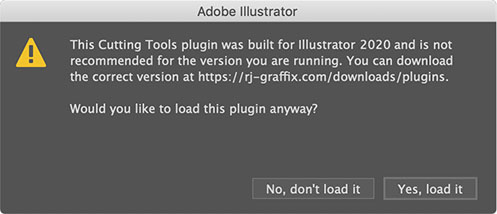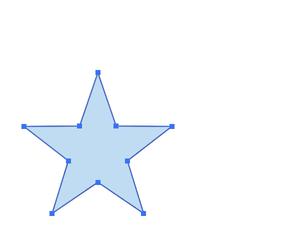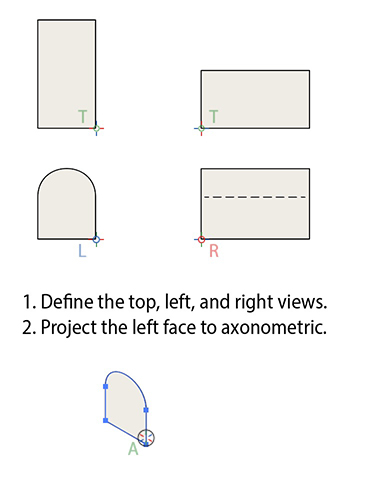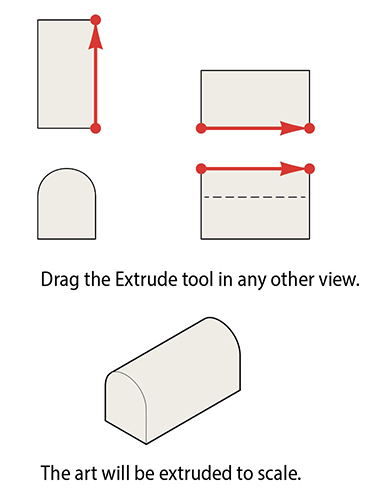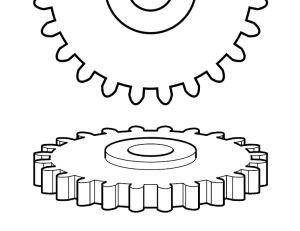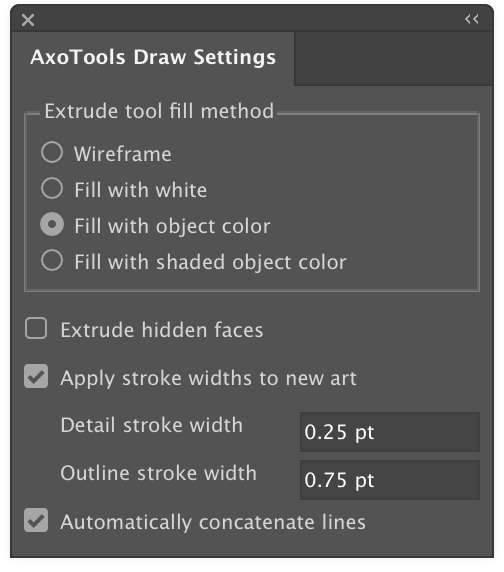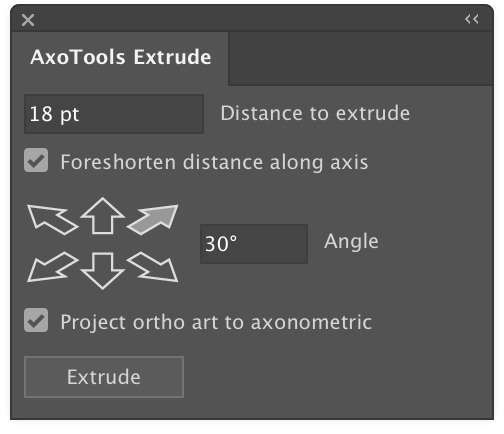Illustrator AppleScripts updated for 2020-21
Holy mackerel (as Wisconsin governor Tony Evers — and I — would say), it’s sure been a while since the free Illustrator scripts here were updated. The old version 10 scripts are still there, along with 31 updated for Illustrator 2020 and 2021. I’ve recently retired, but there’s no reason the scripts can’t continue working for others! They’re AppleScripts for Macs, but that’s what I knew best and what I worked on at the magazine publisher.
There aren’t any wiffy design effects. It’s more a collection of in-the-trenches workhorse scripts that got me through a lot of mundane tasks. Here’s an example. Revising old maps or illustrations can get complicated when text styles change from one year to the next, or from one publication to another. When I created the templates for each title they included character styles for callouts, figure numbers, titles, cities, states, copyright, etc. When reusing older art, there were different approaches one could take with the help of a few scripts.
I’d typically start with a new document using a template, then copy and paste the old art into the new document. With everything still selected, choose the script “re-apply char styles” so, for example, the old-styled text would be updated to the current font specs. The script first hides all unselected text so all you see is the new stuff. Next it updates selected text to defined styles, and the updated text is then hidden as well. At this point, the remaining text needs to be assigned one of the standard character styles. This eliminates the problem of straggler callouts that show up later in an oddball font or size. Now you can show the hidden art and make adjustments as needed. More often than not, the art needed to be scaled to fit a different size or shape, so after scaling, the selected text can have its standard font size restored in one fell swoop.
The templates I made include sample text showing all of the character styles, as well as graphic bits with symbols and graphic styles. Sometimes it was simpler to copy these samples to older art (saved under a new file name) and run the script “redefine char styles from selection.” The selected sample art can now be deleted, then run the script “find unstyled text” to select and apply standard styles to any style stragglers.
If a script is not quite what you need, I’d encourage you to open it in a script editor and experiment with modifying it.
Adobe Illustrator AppleScripts for 2020-21I hope you find them useful!
![]()

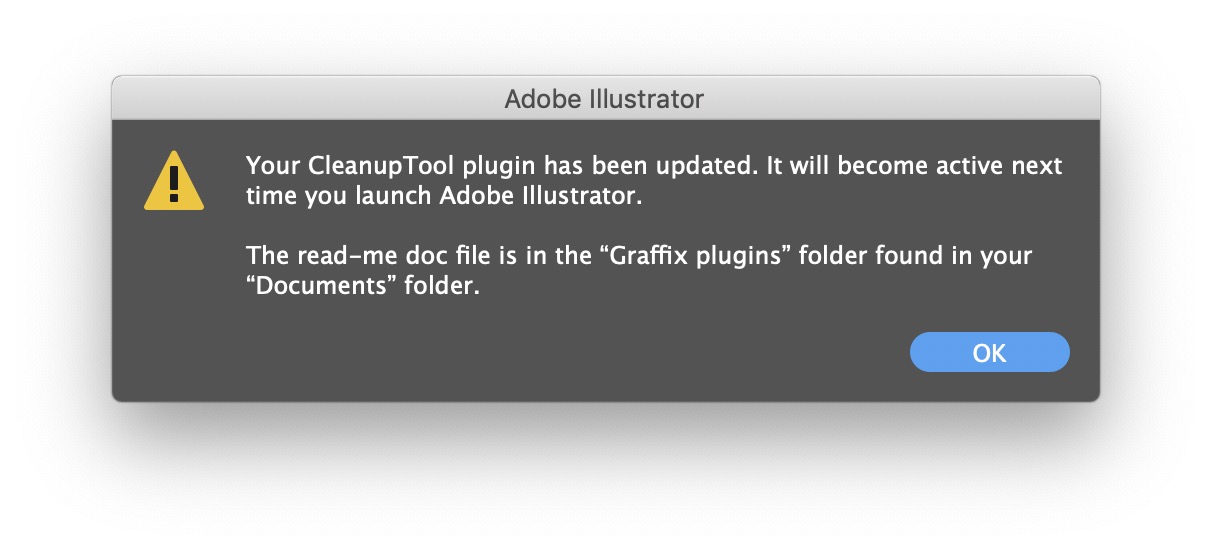 On the other hand, I realize that unzipping the download, then navigating through the file system to place the plugin in Illustrator’s Plug-ins folder is a hassle. Illustrators have too much to do to be saddled with busywork like this!
On the other hand, I realize that unzipping the download, then navigating through the file system to place the plugin in Illustrator’s Plug-ins folder is a hassle. Illustrators have too much to do to be saddled with busywork like this!


